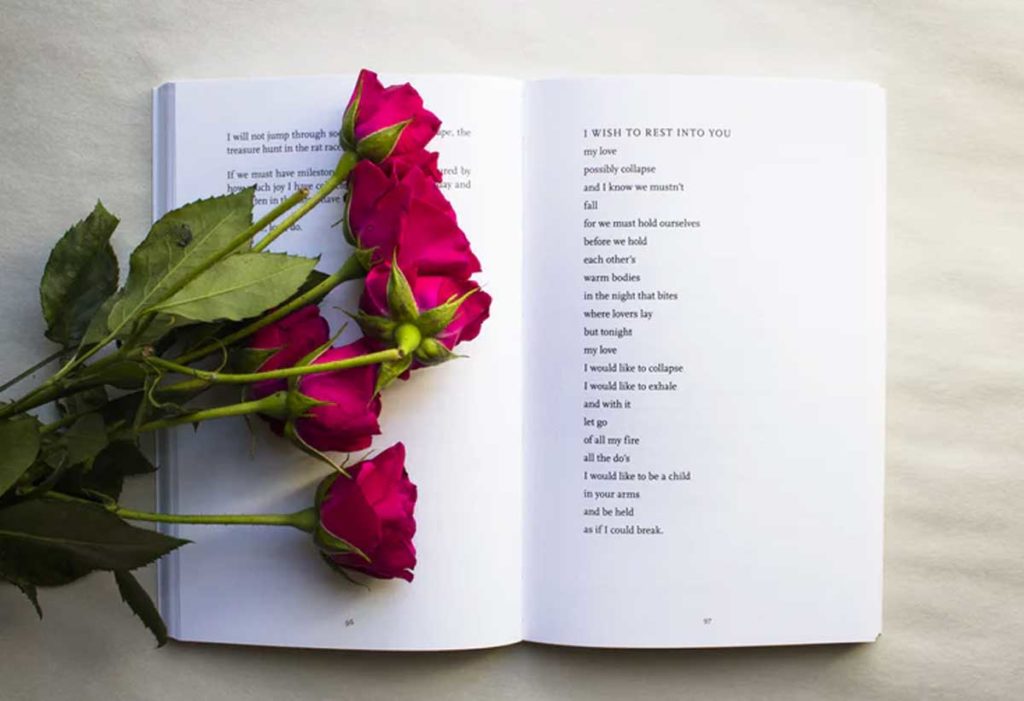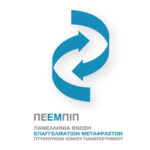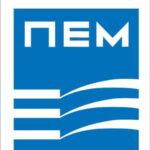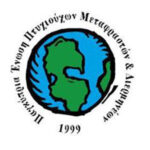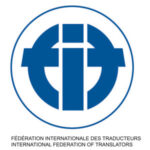WHERE ARE THEY USED
Translations of texts of artistic content require a special writing style since they seek to enticingly promote the artistic and cultural product. Translations of this type are used for:
- Museums and archaeological sites: They typically include explanations about exhibits, historical information, descriptions of archaeological research, etc.
- Exhibitions: They include descriptions of works of art, various presentations, analyses of the deeper philosophy behind the exhibition, etc.
- Concerts: They include information about the pieces, biographies of the composers, the history of the orchestras, etc.
- Theatre: They include information about the play, information needed for the programme, summaries, CVs of the directors and actors, etc.
WHY SHOULD THEY BE ASSIGNED TO PROFESSIONALS?
Artistic texts are a special category of what you might call sensitive products. Art is often finely balanced, featuring allegories, deeper layers of meaning and diverse messages that are often transmitted not directly and clearly, but in a particularly concealed and sophisticated manner. Successful and attractive translation of such artistic texts for the public therefore requires well-developed skills and careful handling which only a professional can guarantee.
ADVANTAGES OF PROFESSIONAL TRANSLATION OF ARTISTIC TEXTS
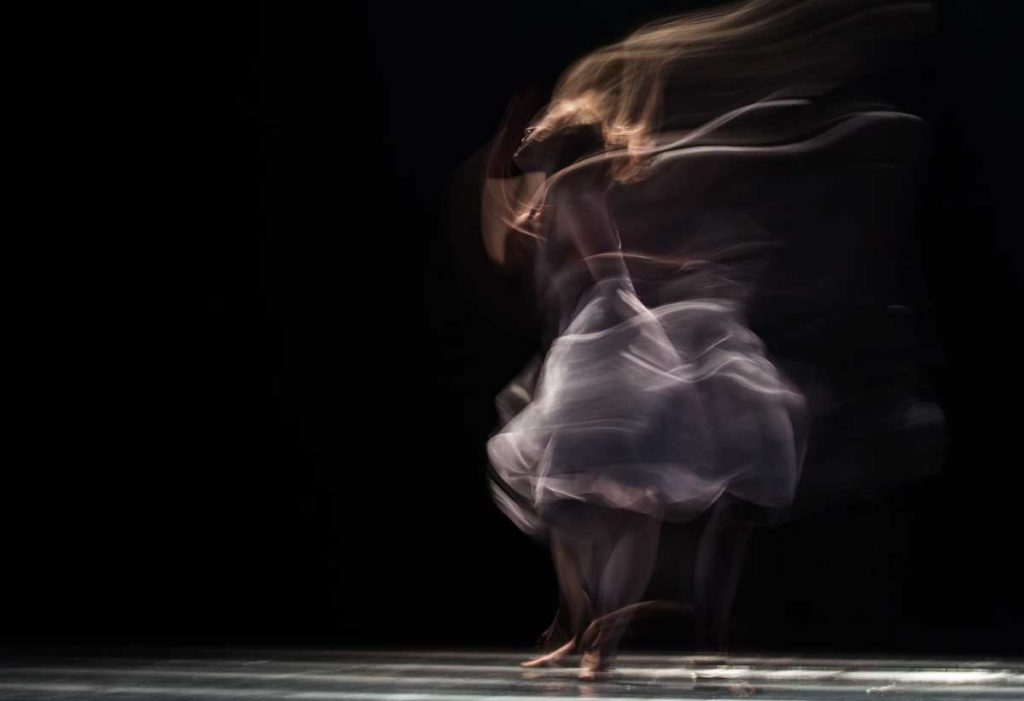
Professional art translators:
- are comfortable using language and can successfully handle allegories, metaphors and other similar features of art.
- have developed a series of special technical skills which allow them to masterfully craft the written text and creatively convey your message in another language.
- ensure that the translation is pleasing and helps serve its purpose of attracting the public.
PORTFOLIO
The translations of artistic texts I have completed include:
- An essay by Stefan Zweig analysing the personality of the internationally renowned conductor Arturo Toscanini
- Constantinople, then and now: A photographic album by Theodoros Boufidis presenting the city’s past and present by comparing old and modern-day photographs.
- When the library was stolen: consecutive interpreting at the Fehras Publishing Practices performance on Abd al Rahman Munif’s library, held at the National Museum of Contemporary Art
- Thessaloniki 12th Documentary Festival: consecutive interpreting during the presentation of works and discussion between the directors and the public
- Institut Français de Thessalonique: interpreting at an event for Toulouse Lautrec with Anne Roquebert, curator at Musée d’ Orsay, as the keynote speaker

